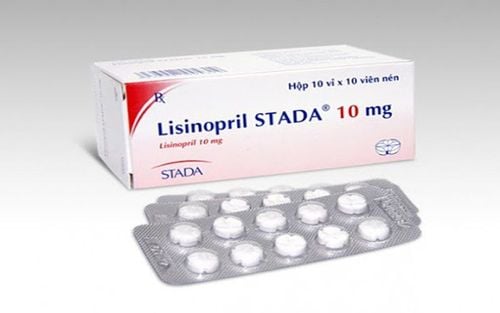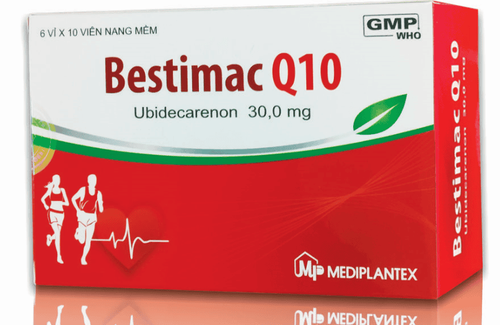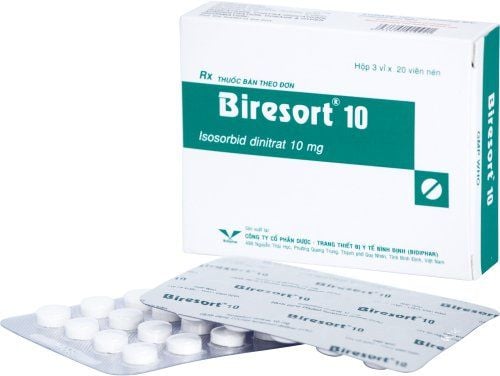This is an automatically translated article.
The article is professionally consulted by Master, Doctor Nguyen Tung Hoanh - Interventional Cardiologist - Department of Resuscitation - Emergency - Vinmec Nha Trang International General Hospital.Coarctation of the aorta is the third most common congenital heart defect after ventricular septal defect and ductus arteriosus. The site of the stenosis may be anterior to the ductus arteriosus or posterior to the ductus arteriosus. Coarctation of the aorta is 3 times more common in boys than in girls. This article will provide information on methods of diagnosis and treatment of coarctation of the aorta.
1. Diagnosis of coarctation of the aorta
Diagnose coarctation of the aorta when there is a clear differential between the arterial pressures in the upper and lower extremities; Arterial pressure in the arms sometimes reaches 200-300 mmHg maximum, in which the arterial pressure in the legs is often unmeasured or greatly reduced.Diagnostic methods for coarctation of the aorta include:
Chest X-ray The scan results can be normal, in classic cases can see 3-arc signs in the aorta, observed in the upright position. face. After a few years of age, more specific signs can be seen such as rib impressions, marked increase in heart rate and chest index.
Electrocardiogram This method helps to detect signs of left ventricular hypertrophy, but it does not allow diagnosis.
Doppler echocardiography This method is often useful in young children, in adults it is more difficult to evaluate. On ultrasound, it is possible to determine the location of the stenosis, measure the pressure gradient across the aortic isthmus, detect congenital abnormalities such as mitral aortic valve, left ventricular outflow tract obstruction, valve stenosis. mitral... Color Doppler and 2D ultrasound allow the identification of location and morphology of coarctation of the aorta, especially in young children.
Computed tomography of the aorta This is a decisive means of diagnosing coarctation of the aorta in adults. On radiographs, the location, stenosis morphology, collateral circulation and associated lesions were identified.
Diagnostic Cardiac Catheterization This method inserts instruments through a peripheral vascular route (femoral or radial artery) to image the narrowing and collateral circulation. Coarctation of the aorta is diagnosed when the pressure difference is greater than 10 mm Hg between the ascending and descending aorta by cardiac catheterization, and aortic angiography remains the primary method of diagnosis. However, the gradient does not reflect the degree of stenosis because it may be influenced by collateral circulation.
Nuclear magnetic resonance: Is a useful additional imaging method and Doppler ultrasound can also estimate the degree of stenosis. Exercise testing: Signs of increased systolic blood pressure may be observed in patients with coarctation of the aorta.
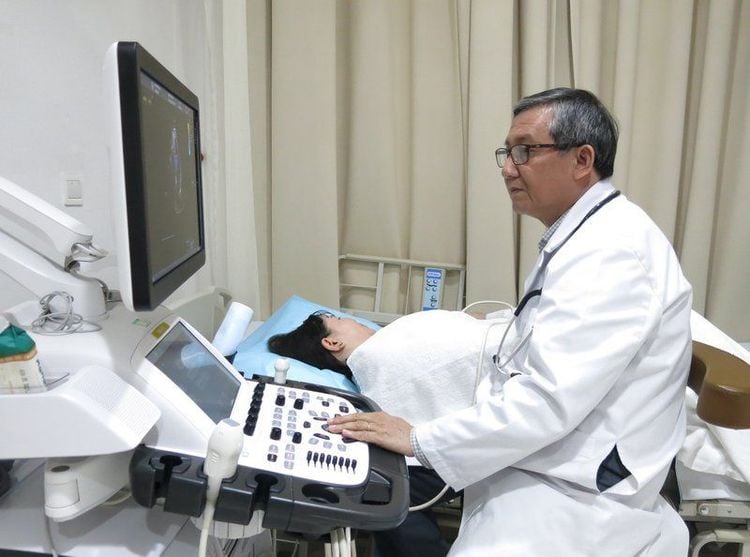
Hẹp eo động mạch chủ có thể được chẩn đoán qua siêu âm tim doppler
2. Coarctation of the aorta
Treatment of coarctation of the aorta includes medical, surgical, or intervention2.1. Medical treatment is symptomatic treatment aimed at preserving the patient in preparation for intervention. Treatment of left heart failure is the most important issue. In neonates, Prostaglandine E1 helps to open the ductus arteriosus, resulting in rapid clinical improvement. Diuretics, digoxin and artificial ventilation are other combined measures when absolutely necessary. Special attention should be paid to renal function when administering drugs for the treatment of heart failure in neonates. Drug treatment of hypertension in patients with coarctation of the aorta is often ineffective or less effective.
2.2. Surgical treatment Indications for intervention or surgery in the following cases:
Pressure difference across the stenosis at rest over 20mmHg: It can be assessed by the difference in blood pressure in the lower extremities, by ultrasound or cardiac catheterization. There is evidence of a developed collateral circulation. High blood pressure caused by narrowing of the waist. Heart failure ; Newborns for whom medical treatment is less effective. Infants and young children have clinical and subclinical signs of left heart failure. Children with systolic blood pressure greater than 150 mmHg. For other cases of coarctation of the aorta, surgery is performed systematically when the child is 6 to 9 months old. For adults, classical intervention is indicated when the transaortic pressure gradient is from 20 to 30 mmHg. However, it should be combined with other signs such as congestive heart failure, left ventricular hypertrophy, uncontrolled hypertension... In case of re-stenosis of the aorta after intervention, dilation may be indicated. percutaneous balloon with or without stent placement. Short-term studies have shown good results with few complications, but longer-term studies are needed to confirm this.
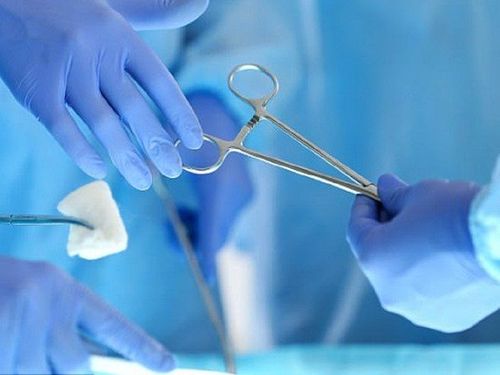
Chỉ định can thiệp hoặc phẫu thuật trong các trường hợp suy tim
Ths.BS. Nguyen Tung Hoanh has experience and strength in Cardiovascular Resuscitation - Emergency: Hypertension, Peripheral Vascular Diseases, acute and chronic coronary artery diseases, ..in addition, the doctor also treats other diseases. Comorbidities such as: Diabetes, Hyperthyroidism, Hypothyroidism, Kidney diseases, respiratory diseases, etc. Currently, Dr. Hoanh is an interventional cardiologist at the Department of Resuscitation - Emergency - Vinmec Nha Trang International General Hospital.
Please dial HOTLINE for more information or register for an appointment HERE. Download MyVinmec app to make appointments faster and to manage your bookings easily.




